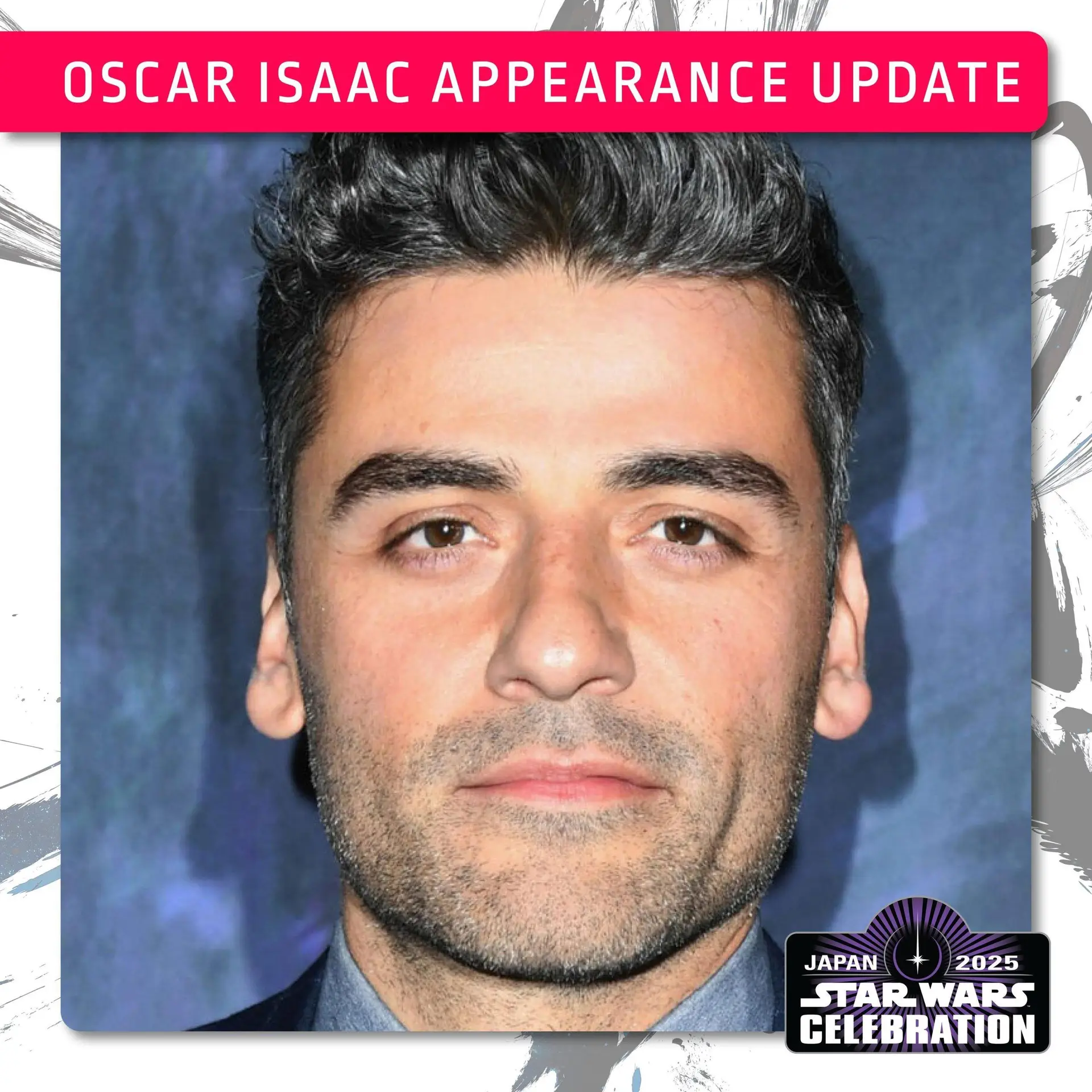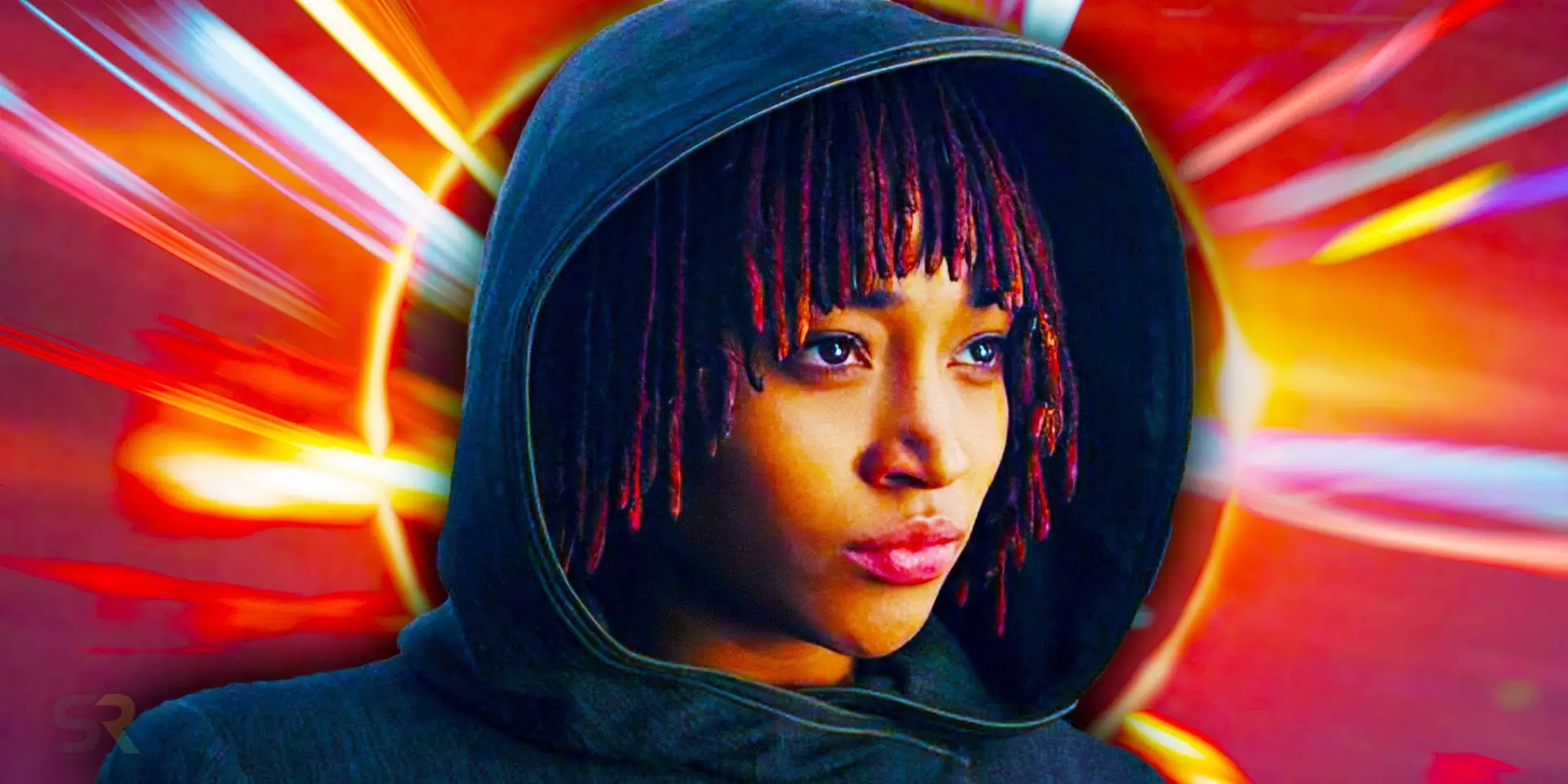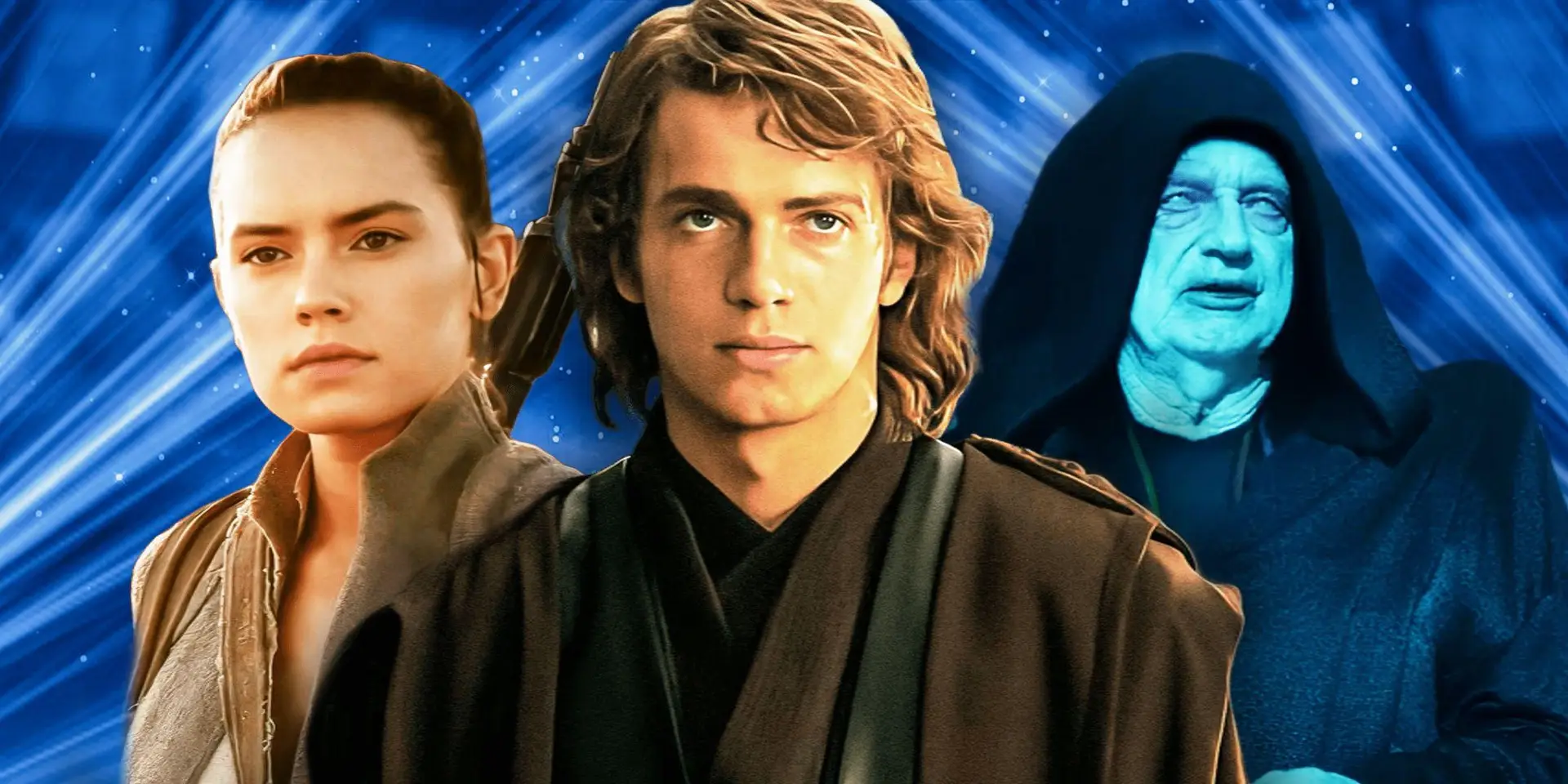OBI-WAN KENOBI’S CHARACTER SAVED BY A CRUCIAL DELETED SCENE IN REVENGE OF THE SITH
In a shocking revelation from the Star Wars archives, a deleted scene from “Revenge of the Sith” would have fundamentally altered the iconic confrontation between Obi-Wan Kenobi and Anakin Skywalker on Mustafar. Imagine a moment where Anakin, broken and desperate, pleads “Help me, Master” – only to be coldly rejected by Obi-Wan, a scene that would have transformed the legendary Jedi’s character in an instant. This alternate version would have pushed Anakin’s transformation into darkness to a more visceral and heart-wrenching extreme, with his eyes symbolically shifting from blue to yellow as hope slips away. But why was this powerful scene ultimately cut, and what does it reveal about the complex relationship between master and apprentice? The untold story behind this deleted moment promises to reshape everything fans thought they knew about one of cinema’s most legendary duels.
#StarWars #MovieSecrets #GeorgeLucas #ObiWanKenobi #SithLore
Quick Takeaways:
- A removed scene from Revenge of the Sith would have shown Obi-Wan coldly rejecting Anakin’s plea for help on Mustafar.
- This alternate version would have significantly altered their dynamic and lent a darker edge to Obi-Wan’s character.
- The final cut preserves Obi-Wan’s compassion and reinforces the emotional depth of the duel.
The Deleted Scene and Its Implications
In the original storyline of Revenge of the Sith, a deleted scene offers an alternate look at the infamous Mustafar duel. The scene, described in J.W. Rinzler’s The Making of Star Wars, Episode III – Revenge of the Sith, has Anakin Skywalker lying severely injured after his defeat. Instead of wordlessly leaving him, Obi-Wan witnesses his former apprentice beg for help, pleading, “Help me, Master.” Obi-Wan refuses, and following this rejection, Anakin’s eyes shift to Sith-yellow—symbolizing his full metamorphosis into Darth Vader.
If left in the film, this moment would have recast the relationship between Obi-Wan and Anakin in startling ways. Anakin, depicted as vulnerable and desperate, might have garnered more sympathy from audiences, while Obi-Wan’s refusal would stand as a harsh departure from his typically compassionate nature. This version might have made their final confrontation even more devastating, though at the cost of complicating Obi-Wan’s moral integrity.
Why the Scene Was Removed
The decision to exclude this sequence was a deliberate choice to stay true to Obi-Wan’s established character. Throughout the Star Wars saga, Obi-Wan embodies the qualities of a dedicated and empathetic Jedi. Including a moment where he explicitly abandons Anakin could have undercut this image, making an already heartbreaking moment feel even bleaker.
In the final cut, Obi-Wan silently watches with anguish as Anakin succumbs to his wounds and the fires of Mustafar. This portrayal underscores Obi-Wan’s agony at losing his closest friend and apprentice to the dark side. His actions reflect not cruelty, but the heartbreaking realization that Anakin is no longer the person he once loved and trained.
The Emotional Impact of the Final Version
By omitting the deleted scene, the film manages to preserve the deeply emotional connection between the two characters. Obi-Wan’s pain and conflicted resolve carry the weight of years of shared history, making the moment resonate more with audiences.
This choice emphasizes how far Anakin has fallen rather than casting undue blame on Obi-Wan. It also reflects the enduring love Obi-Wan still harbors for his former Padawan, even as he walks away for the sake of the greater good. Keeping with these character traits has contributed to Obi-Wan’s enduring popularity and status as one of the most cherished figures in the Star Wars universe.
A Stronger Narrative Through Restraint
The finalized version of the Mustafar confrontation creates a more effective balance between heartbreak and loyalty. Obi-Wan’s decision to walk away in silence, without delivering a final verbal rejection, fits seamlessly with the moral code he has lived by.
The choice to leave this scene on the cutting room floor highlights the power of subtle storytelling, enabling the conflict and tragedy of the duel to speak for itself. This narrative restraint ensures that both Obi-Wan and Anakin remain true to their respective character arcs, preserving the emotional heart of the Star Wars saga.
Frequently Asked Questions
What was the deleted scene from Revenge of the Sith that made Obi-Wan’s story darker?
The deleted scene involved Obi-Wan discovering evidence of Anakin’s atrocities during his visit to Padmé’s apartment. This would have added a heavier emotional weight to Obi-Wan’s decision to confront Anakin on Mustafar.
Why did the Revenge of the Sith deleted scene not make it into the final movie?
The scene was likely cut to streamline the narrative and maintain pacing. Including it might have shifted the focus and tone of the story during a critical part of the movie.
How would the deleted scene have changed Obi-Wan Kenobi’s character arc?
The scene would have shown a more personal and emotional layer to Obi-Wan’s internal struggle, highlighting the devastation he felt witnessing the depth of Anakin’s betrayal firsthand.
What else is known about the Revenge of the Sith deleted scenes?
Several deleted scenes from Revenge of the Sith expanded on character relationships and political intrigue, including more details about the early Rebel Alliance and extended interactions between Anakin and Padmé.
How can fans watch the deleted scenes from Revenge of the Sith?
Fans can view the deleted scenes included in the bonus features of the Revenge of the Sith DVD and Blu-ray releases, as well as on certain digital platforms offering Star Wars extras.
Did George Lucas comment on cutting this darker scene for Obi-Wan?
While George Lucas hasn’t commented specifically on this scene, he has mentioned that edits were often made to serve the flow of the story, focusing on the core elements of Anakin’s fall and the rise of Darth Vader.
Filipino Translation:
Kung napasama 'tong scene na 'to, ibang-iba ang magiging dynamics nina Obi-Wan at Anakin. Parang mas maawa ka kay Anakin kasi parang bumalik siya sa pagiging scared na batang galing Tatooine, habang si Obi-Wan naman mukhang harsh at walang puso. Ang eksena ng pagtanggi ni Obi-Wan, kung saan pinanood lang niya ang paghihirap ni Anakin, eh parang hindi match sa ugali niya bilang compassionate at mabait na Jedi Master na kilala natin sa buong Star Wars saga—lalo na sa series na Obi-Wan Kenobi.
Nung tinanggal ang scene na 'to, mas na-preserve yung character ni Obi-Wan bilang maalaga at mabait na Jedi. Sa current version, mas nakikita mo yung connection niya kay Anakin—kung gaano siya nasaktan sa pagbagsak ng student niya sa dark side. Maraming fans ang thankful dito kasi kung hindi, mas magiging heartbreaking yung eksena at parang pababaguhin pa yung pagtingin natin sa character ni Obi-Wan, which is respected and consistent naman talaga.
Kaya naman, yung final version talaga yung mas bagay sa kwento. Pinakita kung pa'no nanatili yung core traits ni Obi-Wan—yung mercy, wisdom, at yung love niya kay Anakin kahit nagbago na siya. Dahil dito, si Obi-Wan ay nanatiling isa sa pinaka-favorite na characters sa buong Star Wars universe.
Star Wars Fans Are Shocked To Learn One Revenge Of The Sith Deleted Scene Would’ve Made Obi-Wan’s Story So Much Darker was first published here.














